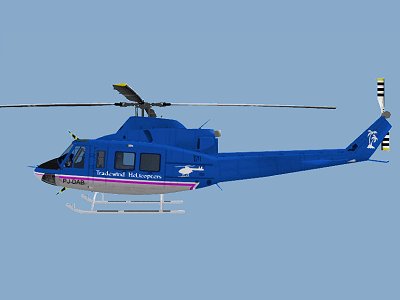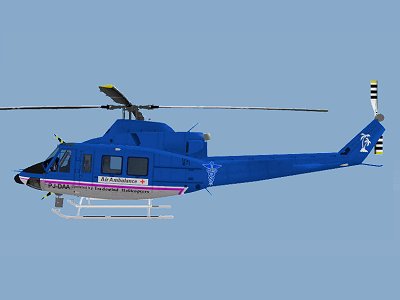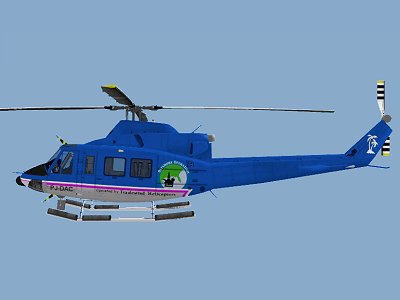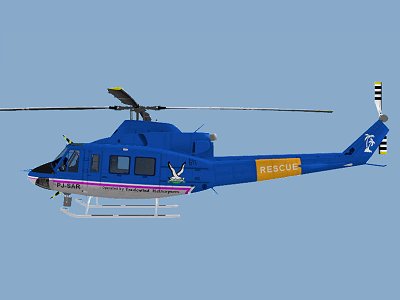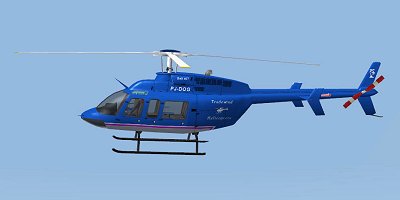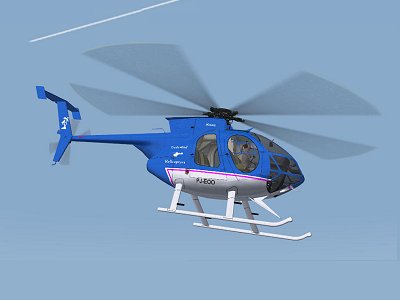McDonnell
Douglas 500E ~ Hovercontrol
One
of the world's most successful and useful light turbine
helicopters, the Hughes/McDonnell Douglas/MD Helicopters
500 series began life in response to a US Army requirement
for a light observation helicopter.
Hughes
won the US Army observation helicopter contest against
competition from Bell and Hiller with its Allison 250
powered YOH-6A Cayuse, which first flew in February
1963. By then Hughes was already working on a civil
variant, to be marketed as the Hughes 500. However,
the engineering and certification designation for all
military and civil variants of this helicopter type
is Hughes Model 369. It was offered in basic five and
seven seat configurations, and a 500U utility version.
The 500 and 500U were powered by an Allison 250-C18A
engine.
In
1970 the 500C followed with a more powerful 250-C20
turboshaft. From 1976 deliveries were of the 500D, an
improved version with again a more powerful engine,
the 250-C20B, a T-tail, and new five blade main and
optional four blade tail rotors. The 500D was followed
by the 500E from 1982 with recontoured nose and various
interior improvements including greater head and leg
room. The 530F (first delivery January 1984) is a more
powerful version optimised for hot and high work.
McDonnell
Douglas acquired Hughes Helicopters in January 1984,
and in August 1985 the Hughes name disappeared. From
then on the 500E and 530F were built as the MD-500E
and MD-530F Lifter. After the 1997 merger with Boeing,
the line was up for sale. Bell's plans to acquire the
Boeing civil helicopter lines were thwarted by the US
Federal Trade Commission (FTC) in 1998. Then in January
1999 Boeing announced the sale of the light helicopter
lines to MD Helicopters, a newly formed division of
Netherlands based RDM Holdings. The sale was finalised
in february 1999. In April 2000 MD Helicopters contracted
Kaman to build the fuselages for the single engine MDs.
Military
variants are marketed under the MD-500 Defender name.
License
production was undertaken in Argentina by RACA, in Italy
by BredaNardi (later merged with Agusta), in Japan by
Kawasaki, and in South Korea by Korean Air.

